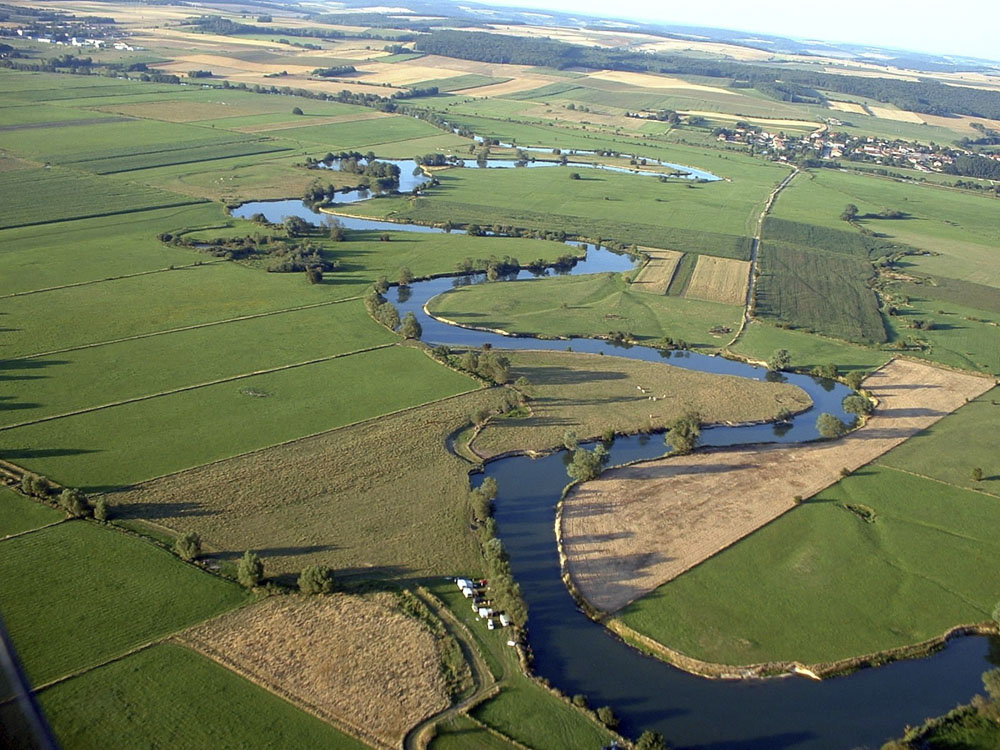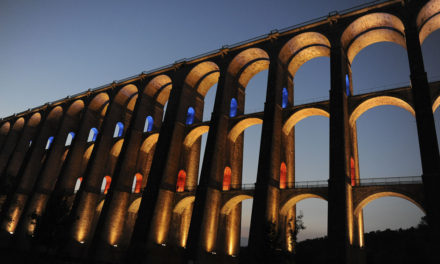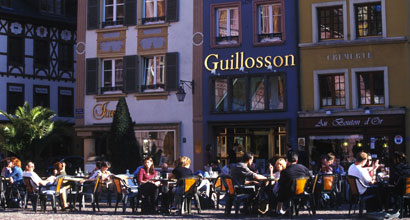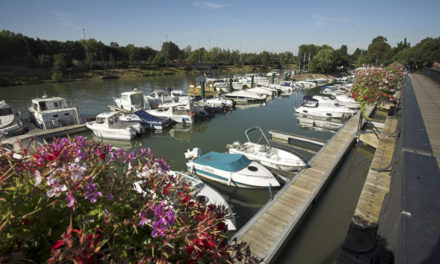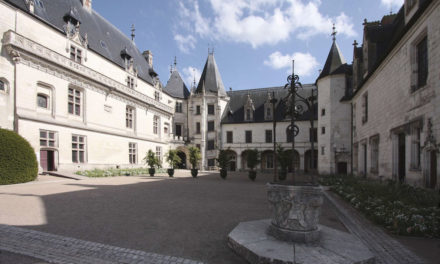The department of the Meuse in the north-east corner of Lorraine on the frontier with Belgium is dominated by memories of World War I and in particular Verdun. The town, built on the banks of the River Meuse, has always been a key military location and was a fortress even in Roman times. By 1914 it was one of the most important fortresses in France. It was attacked by the Germans in 1914 and fighting continued for 10 months. Finally the French, inspired by General Petain, retaliated successfully, taking over 10,000 German prisoners.. It was Petain’s success as “the saviour of Verdun” which resulted in his assumption of power in Vichy after the Fall of France in 1040.
Towns in the Meuse
Hotels in Meuse
World War I
But the World War I fighting resulted in an appalling death toll and there are monuments and cemeteries to be seen all over the hills to the north, along with more humble signs of conflict, isolated fortifications, bramble covered trenches and the sites of villages razed to the ground. The most moving place to start is the Memorial de Verdun, built on the site of the village of Fleury-Devant-Douaumont, which was totally pulverised in the fighting. The massive tower of the Ossuaire de Douaumont , contains the unidentified remains of 130,000 French and German soldiers. Orientation tables indicate the battlefields. The Fort de Douaumont is a grim reminder of the conditions in which they soldiers lived and fought.
Verdun
Verdun itself has other sites to see, in particular the Cathedrale Notre-Dame overlooking the river. It has a 12th century crypt and a much later cloister with some fine carved capitals. Next to it is the 18th century Palais Episcopal which houses the Centre Mondial de la Paix, devoted to world peace. In the underground city of the Citadelle Souterraine, there are four miles of galleries dug out of the rock with dramatic tableaux of the life of the ordinary soldiers. A speciality of Verdun is sugared almonds, first made here in the 1220 and reputed to have medicinal powers, incuding fertility so they are always served at marriages and christenings. The region also has sad memories of World War II, with more evidence of the Maginot line, and the American cemetery of Romagne-sous-Montfaucon, where there are 14,000 marble tombstones and an imposing monument. North of Verdun along the Meuse valley are several small villages with intriguing churches, such as Mont-devant-Sassey and Montmedy. At Avioth, close to the Belgian frontier, there is an enormous basilica with carved doorways and 14th century frescoes. At Louppy-sur-Loison is a Renaissance chateau open to visitors. Stenay still has the remains of its original ramparts and boasts the largest beer museum in the world.
Bar-le-Duc
Bar-le-Duc, high on its promontory, is a historic town with a charming old quarter, La Ville Haute, with half-timbered houses and venerable mansions built of local limestone. Here Petain was headquartered during World War I. It is famous for its redcurrants which traditionally have their pips removed with a goosefeather. They make delicious jam, the “Lorraine caviar”, which was a passion of Alfred Hitchcock. St-Mihiel, further north, is built around an 8th century abbey, of which the church and palace survive, and the library has an impressive collection of old manuscripts, In the church of St Etienne is a superb carving of the Entombement by Ligier Richier. Anyone with a sweet tooth will enjoy the St Mihiel specialities of almond biscuits and coconut pyramids. Vaucouleurs is celebrated because from here Jeanne d’Arc set off to defend the French king and it was here she successfully recruited a company of soldiers to accompany her on her historic mission. The Musee Jeanne d’Arc has the story.
| Title | Address | Description |
|---|---|---|
MEUSE | Meuse, France |

